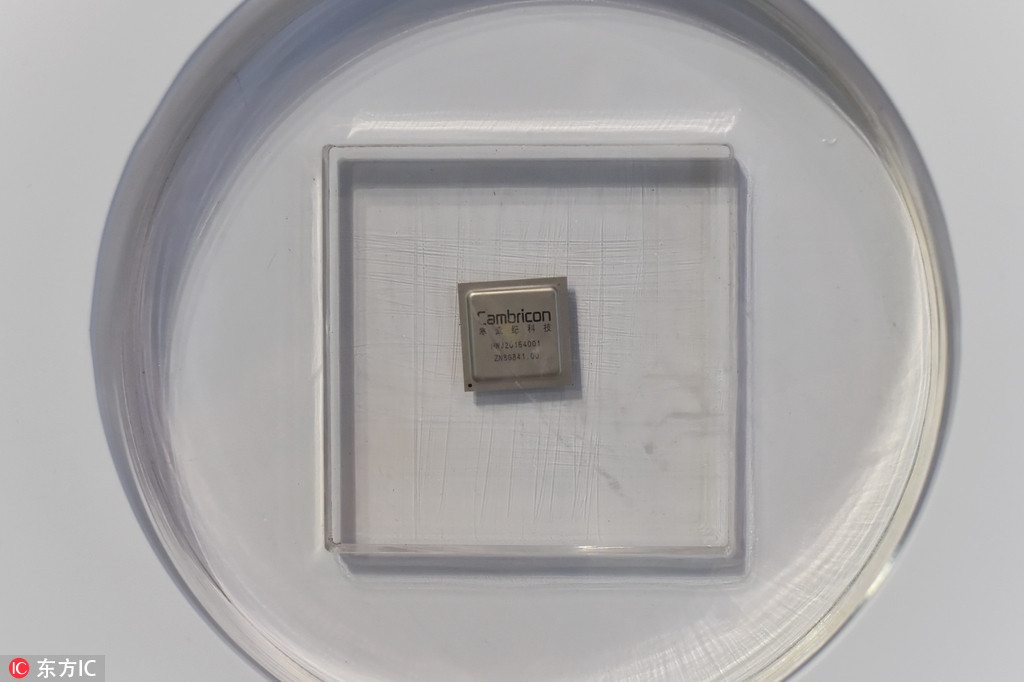It typically takes like 1-2 years to construct a factory's building from the earthworks to the construction proper. Then it takes 6 months to 1 year to install the tooling inside it. Any projects you see announced today most likely do not have the tooling yet. Then it takes more time to qualify the production process, assuming you have one, and sample chips before you begin production. SMIC already dominates some production process technology but all these new companies need their own process expertise. Which is not exactly cheap either.
DRAM manufacturing processes are also typically different from NAND production processes and in turn different from logic i.e. CPU design processes.
So they require separate investments. Even if you use some of the same basic tools, the way you apply them is different because the process is optimized for different components. You might want fast and leaky transistors, or slow and low power transistors, or something in between for CPUs. You might need to optimize for capacitors like in the case of DRAM.
Modern 3D NAND technology uses multi-level stacking techniques with many more levels than a CPU would have.
It takes a long time and lots of investment to get into the sector. The South Koreans got into it but it took them like a decade or a decade and a half to make something useful. Plus another decade to dominate the market. That was without tool import restrictions and a captive market inside South Korea for their products in the first years that Samsung was at it.
Plus a lot of stolen Japanese technology and know-how. Taiwan attempted to do the same thing and they pretty much failed because they never had the economies of scale or R&D base for it.
The tools, it depends on the tool. But you typically require a light source at the proper frequency with enough power output and efficiency. Then you require the ability to make optics, masks, etc. The industry for example has been working on EUV i.e. low wavelength tools for almost two decades now with limited success. "EUV" tools are at a frequency close to soft x-rays so a lot of regular optics techniques won't work with them. Only this year are products with it starting to come out. It is expected to become the main production technology over the next decade. I doubt China will have access to anything better than the previous light source technology with a limited level of immersion lithography thrown into it for the near future.
DRAM manufacturing processes are also typically different from NAND production processes and in turn different from logic i.e. CPU design processes.
So they require separate investments. Even if you use some of the same basic tools, the way you apply them is different because the process is optimized for different components. You might want fast and leaky transistors, or slow and low power transistors, or something in between for CPUs. You might need to optimize for capacitors like in the case of DRAM.
Modern 3D NAND technology uses multi-level stacking techniques with many more levels than a CPU would have.
It takes a long time and lots of investment to get into the sector. The South Koreans got into it but it took them like a decade or a decade and a half to make something useful. Plus another decade to dominate the market. That was without tool import restrictions and a captive market inside South Korea for their products in the first years that Samsung was at it.
Plus a lot of stolen Japanese technology and know-how. Taiwan attempted to do the same thing and they pretty much failed because they never had the economies of scale or R&D base for it.
The tools, it depends on the tool. But you typically require a light source at the proper frequency with enough power output and efficiency. Then you require the ability to make optics, masks, etc. The industry for example has been working on EUV i.e. low wavelength tools for almost two decades now with limited success. "EUV" tools are at a frequency close to soft x-rays so a lot of regular optics techniques won't work with them. Only this year are products with it starting to come out. It is expected to become the main production technology over the next decade. I doubt China will have access to anything better than the previous light source technology with a limited level of immersion lithography thrown into it for the near future.

